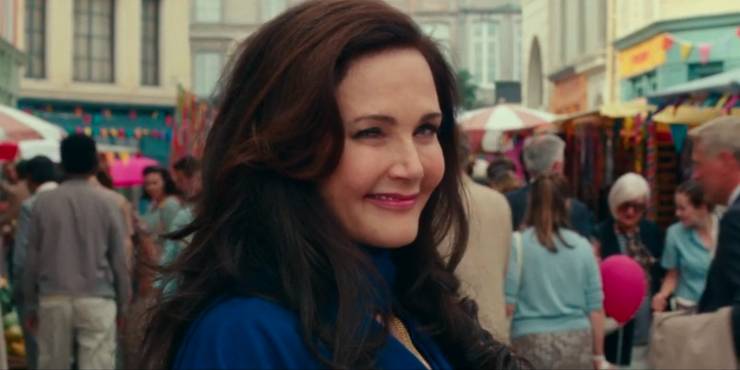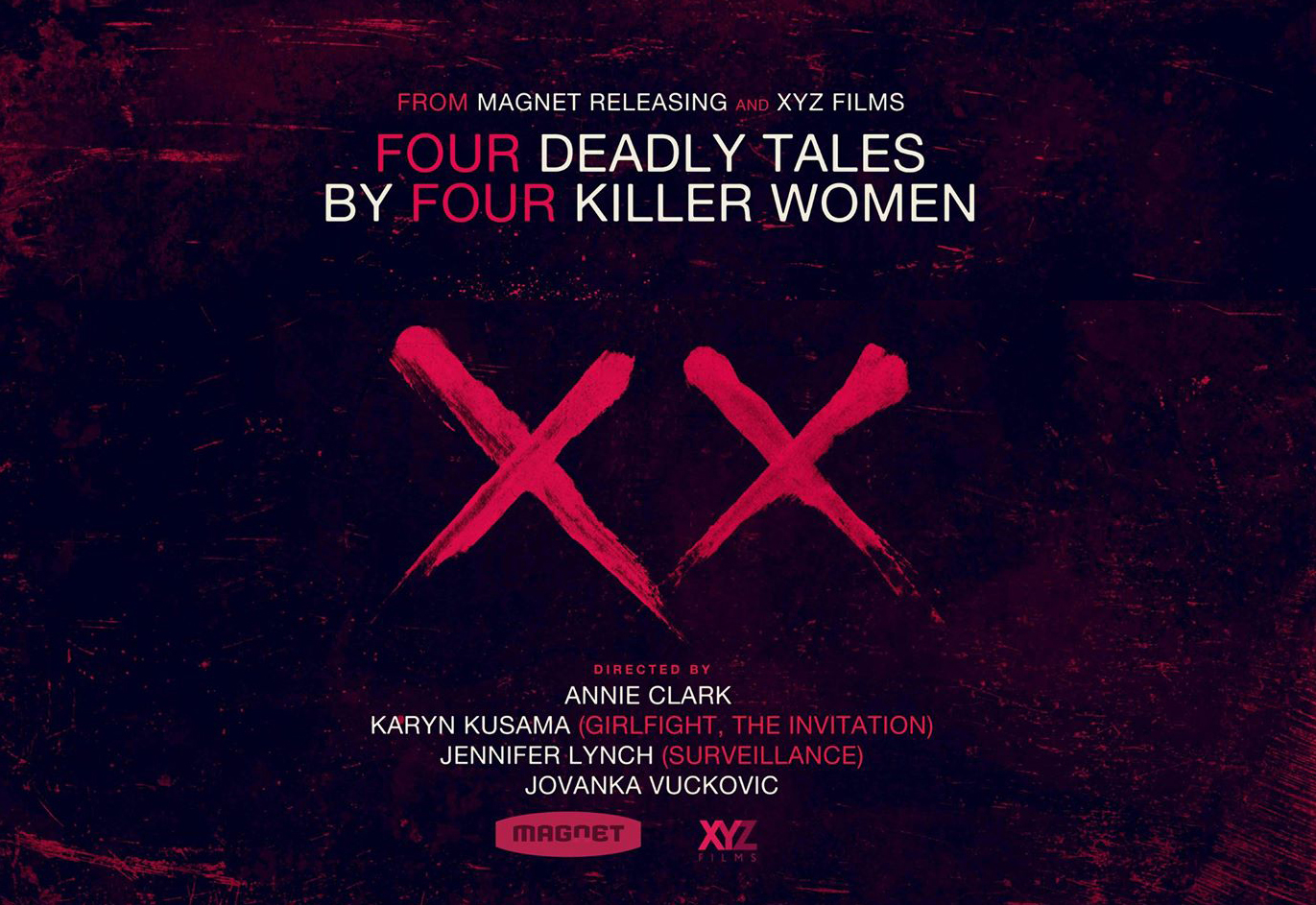Truth in Cinema (original) (raw)
:format(webp)/cdn.vox-cdn.com/uploads/chorus_image/image/68589698/WonderWomanWeirdness_DCEntertainment_Ringer.0.jpg)
Wonder Woman 1984 – I know this movie didn’t do so well at the box office. That might be partially because of COVID, but it definitely had some problems. I’d heard some stuff about Gal Gadot being anti-Palestinian, which is problematic. I still think she’s excellent at playing the character, but she just didn’t have as much to do this time around. Really, that’s true for most of the actors. It’s a good-looking movie with good performances, but the plot doesn’t sustain them. After a flashback to Diana’s childhood on Themiscyra, we see her working as an archaeologist for the Smithsonian. Whether anyone knows she hasn’t aged in the past seventy or so years isn’t addressed. Come to think of it, if her whole deal is truth, isn’t having a secret identity in and of itself kind of against her standards? I suspect this has been addressed before; I don’t think I’m the first to notice a potential plothole in an eighty-year-old comic franchise. But anyway, she meets a new colleague, Barbara Minerva, played by Kristen Wiig, who’s awkward and jealous of Diana. She’s requested to examine a stone that’s rumored to grant wishes, and a few people wish on it without taking it seriously, only to have the wishes granted. Diana wishes for Steve Trevor to come back, and he does, in someone else’s body. Barbara, meanwhile, wishes to be more like Diana. Since the stone takes a price with every wish, however, Diana loses some of her powers, and Barbara starts to lose her humanity. Max Lord, a con-artist selling stock in an oil company with no actual oil, played by the Mandalorian, flirts with Barbara to steal the stone, and absorbs its power. Much of the rest of the film involves Max granting the wishes of everyone he meets, taking something from each of them to increase his own power and influence. So we have a two-and-a-half hour movie with the moral that foolish wishes can cause trouble, something we’ve already seen in a bunch of short fairy tales? Barbara is reluctant to give up the powers her wish has given her, so she insists on protecting Max, even when she knows the stone has ended civilizations, AND that Max took advantage of her to steal it. I found her character similar to Michelle Pfeiffer’s Catwoman in Batman Returns, a cute but awkward woman who becomes a supervillain. The character’s name is also that of the recurring Wonder Woman villain Cheetah, but she never takes on that alias in the movie. After Max’s recklessness causes a nuclear war and general chaos, Diana is finally able to talk him down by reminding him of his son. I mean, sure, people generally care more about the personal than the universal, but you’d think the country being on the verge of being blown up would have made it personal enough already. Diana does turn a plane invisible at one point, but later, after she realizes she has to give up on Steve’s resurrection and gains additional powers, she’s able to fly on her own. I believe this is accurate to more recent WW comics, but aren’t there already enough superheroes who can fly? I also wasn’t sure about the visit to a stereotypically violent Arab country, where Max bargains with the Emir in order to take their oil. The country is called Bialya, presumably a play on Libya, but also pretty close to an Ashkenazi Jewish baked good. I did like the cameo appearance by Lynda Carter as Asteria.
I watched the first few episodes of the 1970s WW recently, and it looks like she’s barely aged since then. I wondered about who the god of lies who created the Dreamstone was, as I couldn’t think of such a deity from the Greco-Roman pantheon. I looked it up, and there’s a WW villain called the Duke of Deception who works for Ares, and is associated with a minor Greek god called Dolos, son of two primordial gods, the mother either Gaia or Aether, and the father Erebus or Nyx.
:format(webp)/cdn.vox-cdn.com/uploads/chorus_image/image/65411871/ISOD_Poster_Clip.0.jpg)
In Search of Darkness – This is something we’d heard about from Becca. It’s a long look at the most prominent horror movies of the 1980s. one year at a time. I was never into horror as a kid, but Beth saw a lot of these back in the day, and we’ve both watched others more recently. There are several guest stars discussing the movies, including Alex Winter, Ken Sagoes, Joe Bob Briggs, Elvira, Doug Bradley, John Carpenter, Nick Castle, Kane Hodder, Keith David, Heather Langenkamp, and Tom Atkins. I knew Atkins as the protagonist of Halloween III, a doctor who acts more like a hard-boiled private detective; but I didn’t realize how much other stuff he’d been in, especially stuff Carpenter directed. There’s a generally positive vibe to the whole thing, admitting the flaws and flops but mostly concentrating on the good points and how each new film impacted the genre. There are actually three parts to this, but so far we’ve only seen the first.

XX – An anthology film made up of four different segments, the running theme being that they were all directed by women and star female leads. It starts with the one that I found the creepiest, The Box. A boy on the subway with his mother sees what an old man is keeping in a box, and after that he never wants to eat again. When he tells his sister and father about it, they don’t either. After they all die of starvation in a few months, the mother becomes obsessed with seeing that box. It’s directed by Sofia Carrillo and based on a short story by Jack Ketchum. While I’ve never read anything by him, I know he writes disturbing stuff. From what I’ve heard, it’s an accurate adaptation, except the mother and father switch roles, making the mom seem rather cold in a way viewers wouldn’t expect. There’s a dream sequence in it with the family cannibalizing the mom’s corpse, which is quite graphic. I guess it’s to highlight the theme of starvation, but it looks like, even when the son first starts not eating, they always have a lot of food on the table for a family of four. “The Birthday Party” is directed and co-written by Annie Clark, AKA musician St. Vincent. Her dark sense of humor is on display with a tragic situation played as a comedy of errors. A woman in an affluent neighborhood is preparing for her daughter’s seventh birthday party when she finds her husband dead in his home office. Presumably due to the stress, her immediate reaction is to try to hide the body, ultimately putting it inside a panda suit at the table. The third one, “Don’t Fall,” directed by Roxanne Benjamin, was the one I found the weakest of the bunch. Four friends are hiking in the desert, where they find an ancient petroglyph showing a monster, and one of them turns into that creature and kills her friends. Finally, “Her Only Living Son,” directed by Karyn Kusama, is about a woman and her son who have gone into hiding from her ex-husband, a Hollywood actor. As the son approaches eighteen, the mother learns that he’s a brutal bully to other kids, and that the school administrators and other people support him for some reason. She eventually finds out that the boy’s real father isn’t her ex, but rather the Devil, and he’s coming to claim his kid. I suspect the ex who sold out his wife being an actor is a reference to Rosemary’s Baby.

The Lighthouse – An artsy sort of film, it’s in black and white despite being made in 2019, and only has two characters of any significance, played by a largely unrecognizable Willem Dafoe and Robert Pattinson. They play a lighthouse keeper and his new assistant on a remote island in New England. The assistant goes crazy during his time at the lighthouse, hallucinating mermaids and sea monsters, killing seagulls, and constantly fighting with his boss. Dafoe talks with an Irish sailor’s brogue, with the stereotypical “yar” talk that grizzled seamen and pirates have in movies and such.